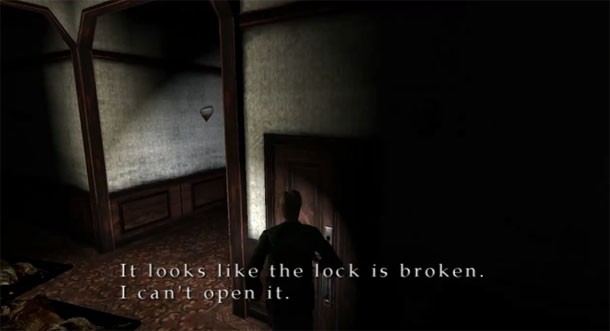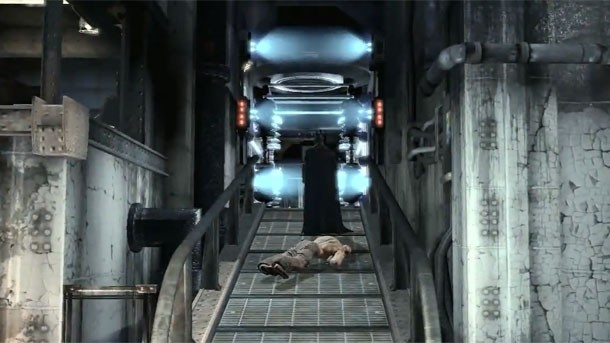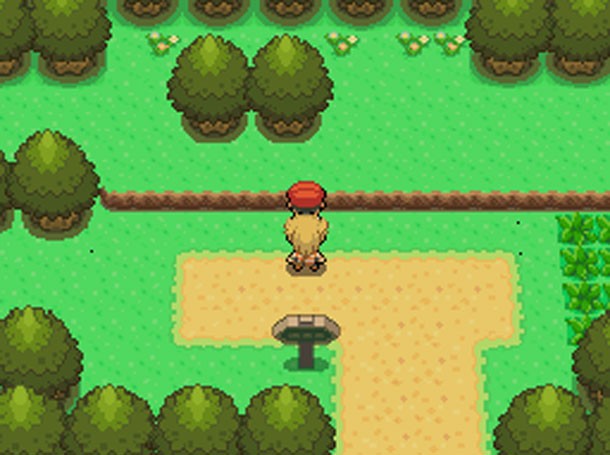Subscribe today to receive the next issue of Game Informer, featuring the Most Anticipated Games of 2026!
The Worst Artificial Barriers In Video Games

Even the most open-world experiences in video games must restrict the player in some way. If you could go everywhere right away, what would be the point of progressing? Sometimes a barrier makes sense, like a locked door in need of a key, or a wall too high to climb. More often though, you have to suspend your disbelief and tell yourself that, even though you are skilled enough to replace the batteries in a flashlight without turning it off, slipping in between those trees just isn’t going to work.
Woods
The average tree is about two feet in diameter, and in the average woods they usually grow around five feet apart. In the world of video games, however, that is a gap that no amount of squeezing will let you through. Some folks can manage, like Connor from Assassin’s Creed III, but for others, like Alan Wake, you better just stick to the road. Even if you are being chased by police and a helicopter is following you, you better push those thoughts of hiding in the woods out of your head and stick to the open areas.

Packed stairwells
If there is one thing that video games have taught me about the apocalypse – zombie or otherwise – it’s that when things go bad, people like to put their belongings into stairwells. In Half-Life 2, and most recently The Last of Us, stairwells instantly turn into impassable storage lockers the moment someone utters the phrase, “Braaaaiiins…” It’s unclear if people are trying to push their desks and bookshelves up the stairs, or down the stairs, but either way, it’s clear that they just gave up halfway through.

Doors that aren’t actually doors
Games like Silent Hill are filled with hallways that are lined with doors. Typically, only one or two of them actually leads to a room. Usually, you just find walls with doors painted on them. Inspecting them leads to text that reads something like, “It’s locked.” It’s weird that Silent Hill protagonists have the strength and weaponry to hold off a monster with a lead pipe, but a locked door in an abandoned hospital is impenetrable.
Invisible walls
You have to trust in a higher power (the game designer) that sometimes you’re just not allowed to go there. It looks like you can go there. There might even be something desirable over there, but you can’t go there. There is an indefinable force that turns you into a character expertly capable of walking in place. Maybe it’s not an invisible wall, but rather a series of invisible treadmills.

Vigilant guards
Guards are good for two things in video games: gathering en masse around you when an alarm is tripped, and standing in the way when you need to go somewhere. When they’re in bouncer mode, they’re usually on your side, and have been tasked with keeping you away from the exact area you want to go to, for often indiscernible reasons. The guard preventing you from leaving Kokiri forest in Ocarina of Time is the most impressive enemy in the game. Link fights giant jellyfish, ghosts, dragons, and humongous spiders, but none are as imposing or as difficult to bypass as that stalwart elf.

Force fields
You can see through them, but you're kidding yourself if you think you can walk through them. Not even Batman can pass through a field of electricity without being thrown back.

Low ledges
If the game doesn’t have a jump button (and, in some cases, even when there is a jump button) and a ledge is higher than your waist, just give up and move on. It doesn’t matter if there is a desirable item on the ledge, or if there is a clear shortcut that you could access after climbing the ledge. Pokémon trainers have it the worst. They can jump down from short ledges, but going up is an impossible task. In a world where people surf on water-type Pokémon to travel over bodies of water, or hold tightly to the talons of flying-type Pokémon to travel broad distances, ledges are impossible to climb. Small wooden fences also fit in this category of waist-high impassable barriers.
What are some of your favorite hindrances of progression?

Get the Game Informer Print Edition!
Explore your favorite games in premium print format, delivered to your door.
- 10 issues per year
- Only $4.80 per issue
- Full digital magazine archive access
- Since 1991









